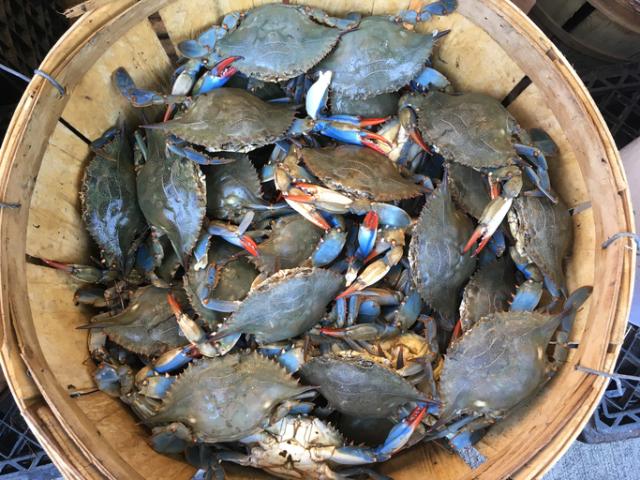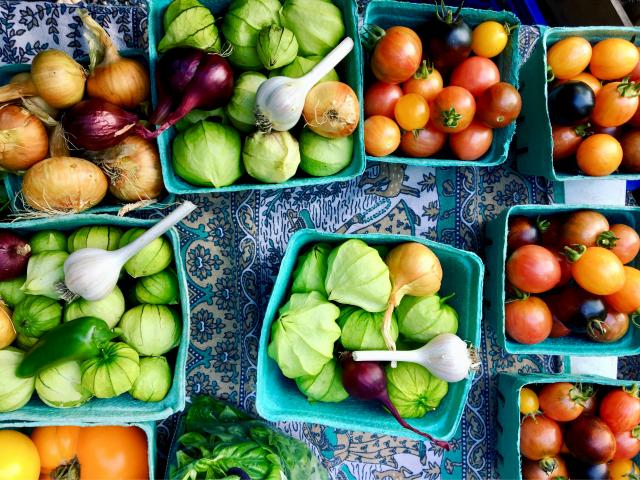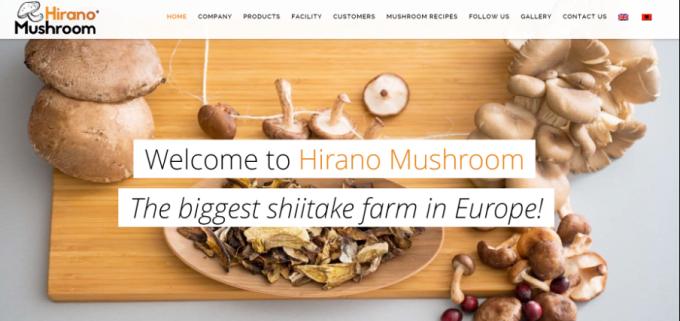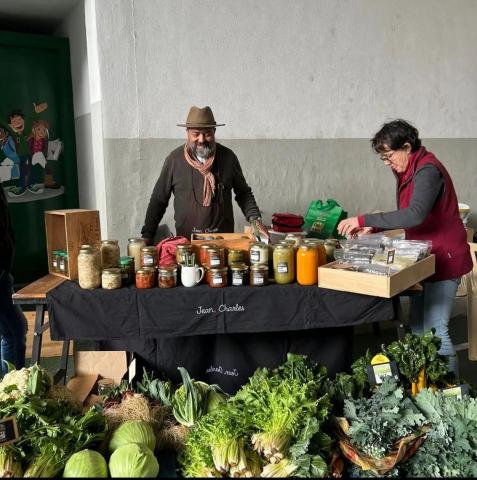GOOD PRACTICE

Uniting isolated producers under one collective brand: a solution to empower female Egyptian micro-enterprises
Egypt
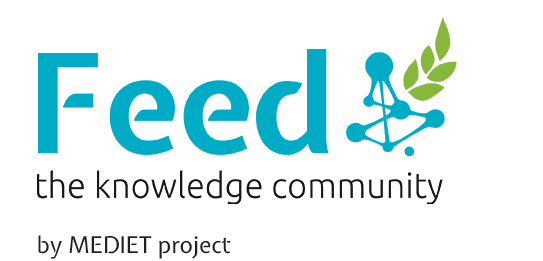
In fragile areas of Egypt, once isolated producers unable to meet higher market demands, now have a collective voice and recognizable brand for international events such as the International Handicrafts Exhibition (HIS). The economic and social role of women has been addressed through the creation of specific agreements on product marketing and collective training. Specifically, 460 women attended technical classes taught by local women, 4 groups were formed, and relative agreements were implemented to showcase their work collectively.
You must be registered to see all the content
The action had the specific objective of strengthening the social and economic role of women in 4 Governorates (Fayoum, Sohag, Aswan, Asyut), characterized by poverty and insecurity, through the support to women's to start up micro-enterprises and small initiatives in different sectors, such as food / no food production and services. The needs detected during the project inception phase and confirmed in the baseline survey were the following: 1) Isolation of local communities from the socio-economic development created through the international flows, which does not benefit local populations, and the consequent lack of local development opportunities at the community level. In particular, this isolation regards women who are marginalized from development process. 2) Women carry out breeding and handicrafts activities besides taking care of their children and houses. The quality of their product and the lack of a regular demand from the market did not allow their production to be considered as a stable and sustainable income generating activity (data aroused during the meetings with women groups). 3) The majority of rural women entrepreneurs are small business owners that operate their businesses from home, with a lower level of education and technical skills. Their low level of literacy and the lack of time because of household duties together with the absence of training opportunities and education in business management, limited the possibility to improve their business 4) They had a limited access to raw materials/inputs and marketing channels: the supply chain management of the raw inputs however is often not controlled by women. Besides women as the majority of small-scale producers, women suffer from the inability to access market knowledge. 5) Difficult access to services and technical assistance, local institutions of MALR serving rural women not have adequate resources and capacity to provide the needed services. 6) Rural women are also poorly served by extension and veterinary services, the latter often dedicated to cattle farms which are mainly male prerogative.
At Community level: Mr. Anwar Ayad – form Akhmim - Sohag who is one of eldest textile handicraft – although he was resisting all the project attempts to develop the textile designs in the beginning, he applied the new designs and trained the women beneficiaries on it. Mr. Hamdy (Ghalalab CDA) – from Ghalalab – Aswan. He was following up the women beneficiaries in Ghalalab & Kobaneya Villages. The CDA was the responsible for the marketing of the women handicrafts products. Mr. Hamdy was always encouraging the women to apply the new designs and teach each other. He also helped some other women and his wife (not WEE beneficiaries) to buy for themselves sewing machine to start their micro-business like WEE women beneficiaries did. Ms. Shaimaa El Naggar (Bayada) – from Shandaweel Island – Sohag, she was supporting the tally and embroidery women beneficiaries to enroll in the project, taught them how to apply the new designs, hosted a lot of their meetings at her house. She thought that WEE project kept its promise by supporting the women with the needed materials to start their own business and she witnessed how this changed the women lives in a better way. At institutional level: National counterpart: the EACDP employees involved in the project and trainings. they started to apply the same approach also within other project they have with women in Marsa Matrouh and Chalateen and in new proposal with WFP. MALR employees: Elham Younes, from DRC among the attendees the training on gender and local development she used the training after to train other colleges in ARC, DRC and MALR to raise their skills to be more sensitive threw gender issues.
WEE project financed 1,241 beneficiaries based on in-kind financing and a significant share of women beneficiaries after one year they were still running the projects for which they received support from WEE, in almost all the sectors of intervention of WEE. Besides the economic benefit derived from their project, women beneficiaries also consider critical the economic independence acquired thanks to the money earned through their activity. They feel good about not being anymore entirely reliant on families and husband for their expenses. a variable share of the earned income was used for household expenses and for children’s care and education. Thanks to the soft skills trainings, Small Business Management trainings (SBM) and Marketing trainings, women beneficiaries reinvested at least part of the money earned to expand their business, reach new customers, access new markets or establishing collaboration with other women for group work in the same sub-sector or synergies with complementary activities (e.g. tailoring and embroidering; hatchery-poultry) 16 seminars for 770 households increased awareness and knowledge on natural and healthy food, how to make good integrated meals from the natural and available food products. women's access to income and their role in household decisions on expenditure are associated with improvements in household food security and dietary as women tend to spend a significantly higher proportion of their income on food for the family. Women beneficiaries also reported other important benefits in terms of increased self-confidence and recognition and appreciation from their husbands (and families). At the beginning some husbands were quite doubtful and sceptical. Now, many husbands are reported to be very supportive and some of them even actively participate to their wife’s project in many ways (input provision, production, marketing). In more general terms, it could be said that (to some extent) men’s attitude towards training and support opportunities targeting women has positively changed since men had the chance to witness (and share) women’s success. This has created a favourable environment for future interventions. For a number of women beneficiaries, WEE provided the opportunity and the support to start their first project in life and to feel “active”. And this means a lot to many of them. Besides equipment and raw material the project provided technical trainings and guidelines as well as and business skills which has proven to be very useful in managing the projects. To some extent technical knowledge introduced by WEE- especially through TOT - has been transferred to other women in the targeted communities. Interestingly, a number of other women, not included in WEE beneficiaries lists, have also decided to start their own business replicating ideas and projects supported by WEE. The projects funded were not only useful for the women but also, it’s useful for all the village people, as Kalabsha is an isolated village, it doesn’t have services so these projects provided the village with some of their needs.
WEE started with participatory baseline survey to identify the villages, community needs, actions and women activities to tailor the project interferes. Profiling the potential beneficiaries and ranking them according to the project criteria and group them according to their project. Literacy classes for 460 women beneficiaries the instructors in these classes were women from the villages and some worked after as local animators with the project. All handicrafts’ beneficiaries used to work individually only in a very competitive way, WEE project developed an agreement between each handicraft group (4 agreements in total) to choose one woman to present each group in the International Handicrafts Exhibition (HIS 2017) and to organize any future orders for the groups. Making agreements between the goats’ breeders to work in groups to use the male which was allocated to all the group members. Training leaders and active beneficiaries on the best practices on breeding and feeding livestock, poultry, rabbits, pigeons and ducks TOT training with a collaboration between an international and national expert, these beneficiaries used the TOT training material with the guidelines made by the project to retrain other women in the villages even if they were not WEE project beneficiaries, and help them to obtain new skills on these kind of projects.
Thanks to the international and national designers, handicraft beneficiaries gained new designs marketable in local and international markets they still applying some during their work, they learned new skills; applying red color in pottery, using new designs instead of the traditional one in textile, making new products from weaker such as the coffee table, applying Tally & Embroidery on new fashion designs using new fabrics.
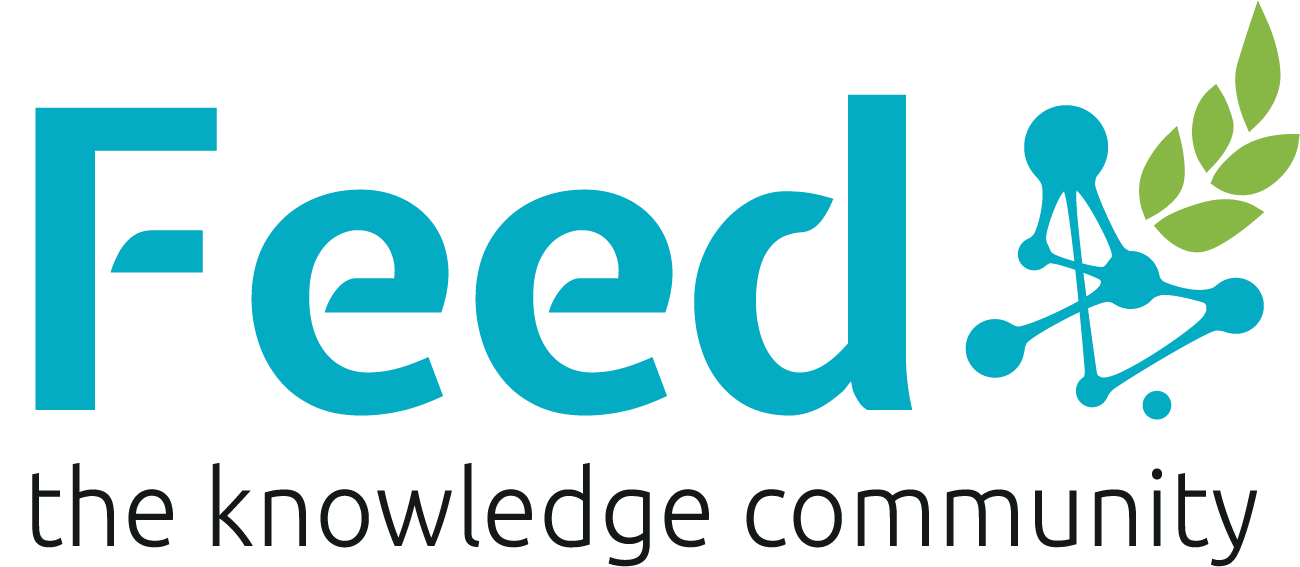
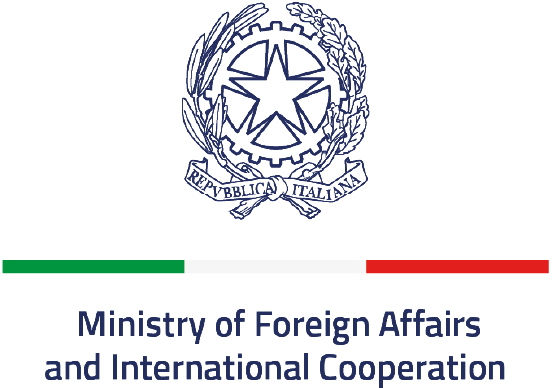
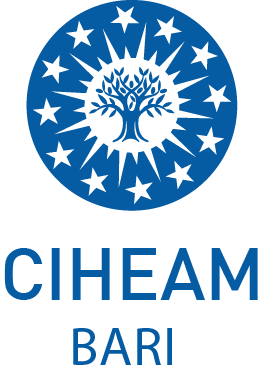
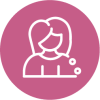
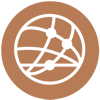



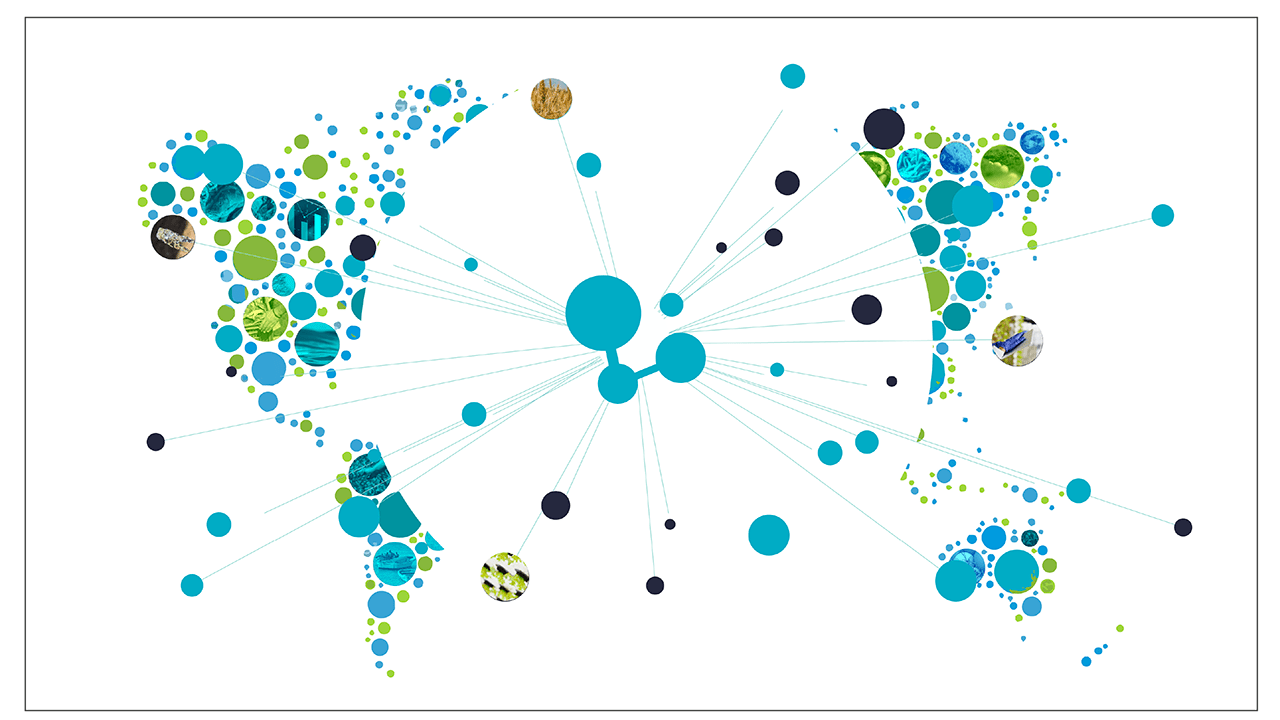
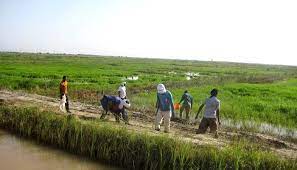
.jpg)
